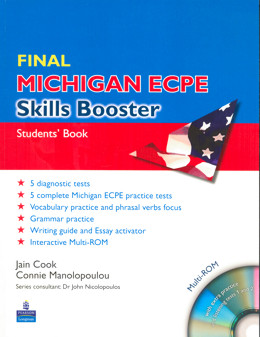PaperShow is a
plug and play device that can change the way presentations are given and
viewed. The package consists of a USB key that contains the PaperShow
software, a PaperShow Bluetooth digital pen, and special interactive
paper that transmits your notes onto the computer screen.
PaperShow
was originally released as a Windows-only product. The Mac version made
its debut in March, 2010. Set up is quick and easy—put the USB key into
a USB port on your computer, and a window pops open. Inside this window
is a install.zip file. Double click this file and follow the
directions. Installation is very quick, and all files are on your key;
nothing is left behind on your computer. Once the program is installed,
pair the Bluetooth pen with the key. Again, quick and easy. The pen is
paired with one specific key, so if another person has a PaperShow kit,
their pen will not work with your USB key.
So
how does PaperShow work? In a nutshell, the interactive paper is made
up of microscopic dots that are "seen" by the camera in the Bluetooth
pen. The user taps the pen onto the paper's toolbar to choose a color,
line thickness or shape, then starts writing on the paper. What is
created on the paper shows up on the computer screen (or projector, if
the computer is hooked up to one) in real time.
All
in all, there are a lot of positive features of PaperShow. Once you've
finished with a whiteboard or Power Point it can be emailed or exported
right from the key as an image file or PDF file. Rather than taking
notes at a meeting, participants can focus on the discussion and read
the notes later in their email. Workers unable to attend a meeting can
be kept up-to-date quickly and easily. PaperShow can also be used for
web conferencing. Teachers can save presentations from year to year and
make them more interactive and interesting for the students. Since files
are saved to the key and not the computer, PaperShow can be used with
any computer. And, its small form factor makes it very convenient to
carry in a backpack or briefcase.
The
biggest drawback with PaperShow is the severe lack of Mac support. The
web site has not been updated to reflect the new Mac based product—it
still lists PaperShow for Mac as pending. Until that changes I'm afraid
many businesses won't want to risk using this product. The cost may also
be a factor. The starter kit, which retails for $199 US, contains a
Bluetooth pen, USB key, 48 sheet notepad for whiteboard, 30 sheets of
PaperShow printer paper, a pencil case to store the pen, key, battery
and ink refills (both included), colored rings to customize the pen and
key, and a ring binder to hold the printed sheets. All consumables can
be purchased separately; as of April, 2010 prices were $12.99 for 48
sheets of whiteboard paper, and $19.99 for 200 sheets of printer paper.
The USB key, Bluetooth pen, and ink cartridges are also available at
varying prices. Amazon is currently selling these items at deep
discounts. While $199 may seem costly, it really depends on how
PaperShow is used. If you present a lot of the same Power Point
presentations over and over again, PaperShow could be quite cost
effective.









